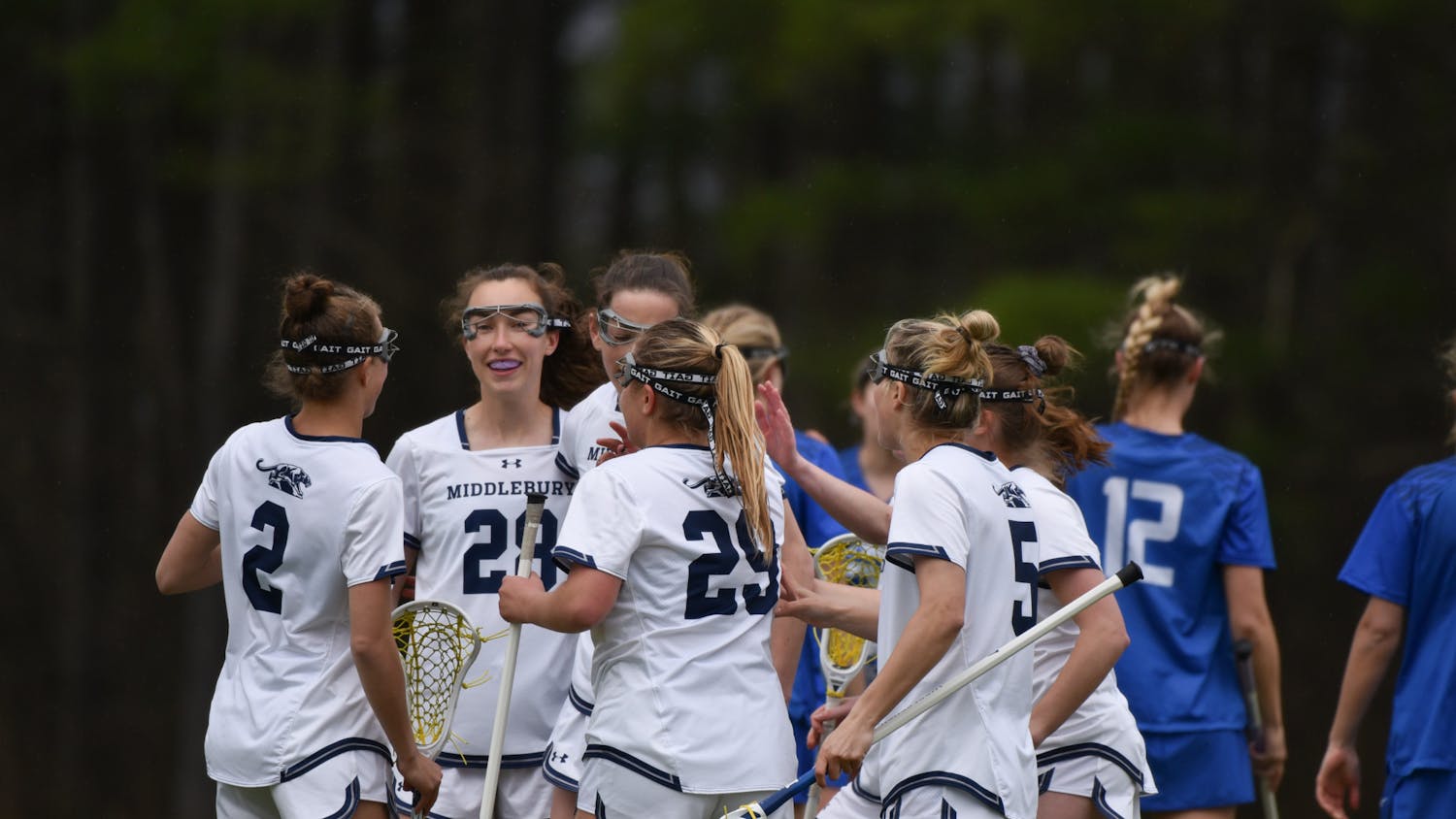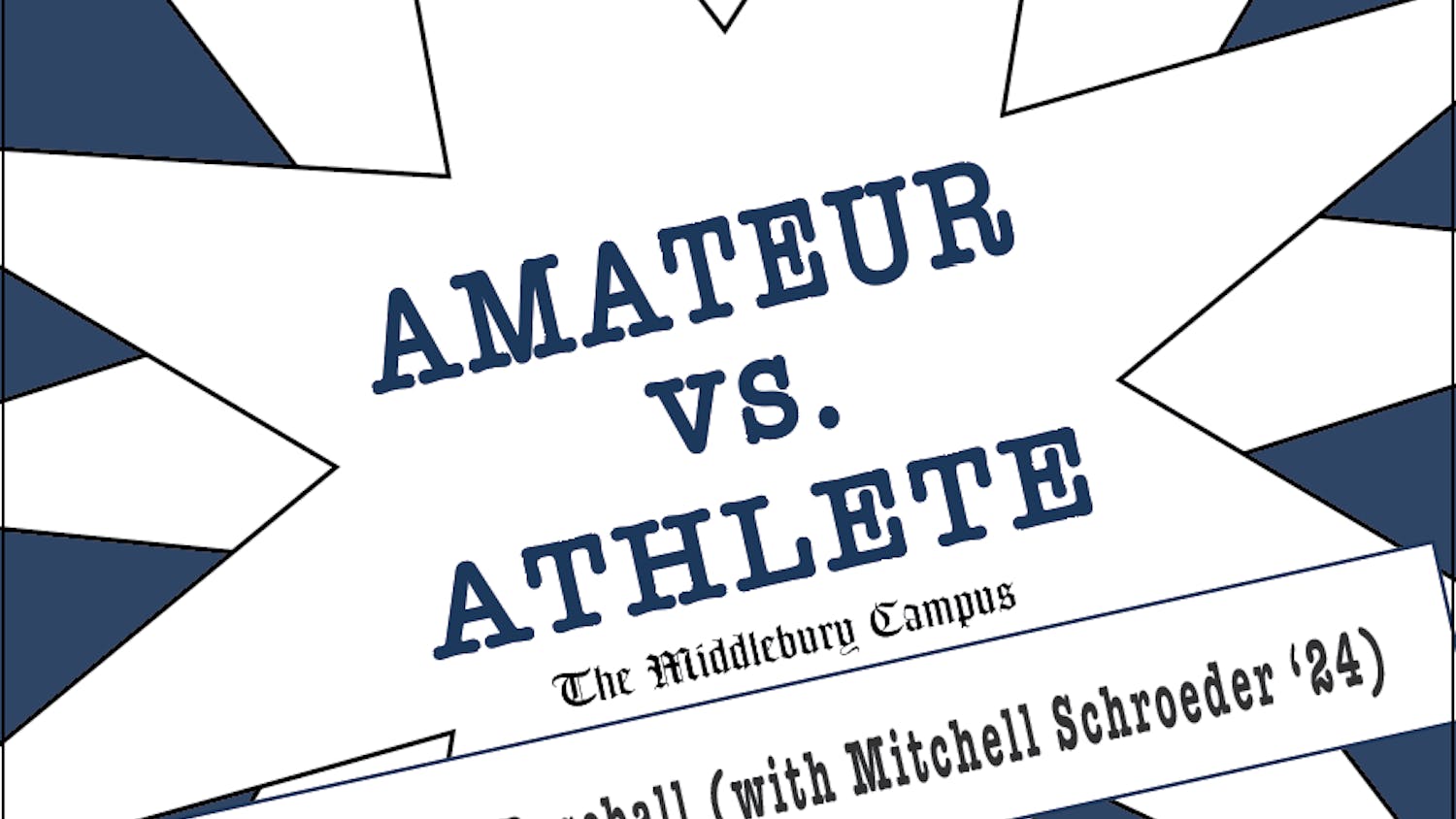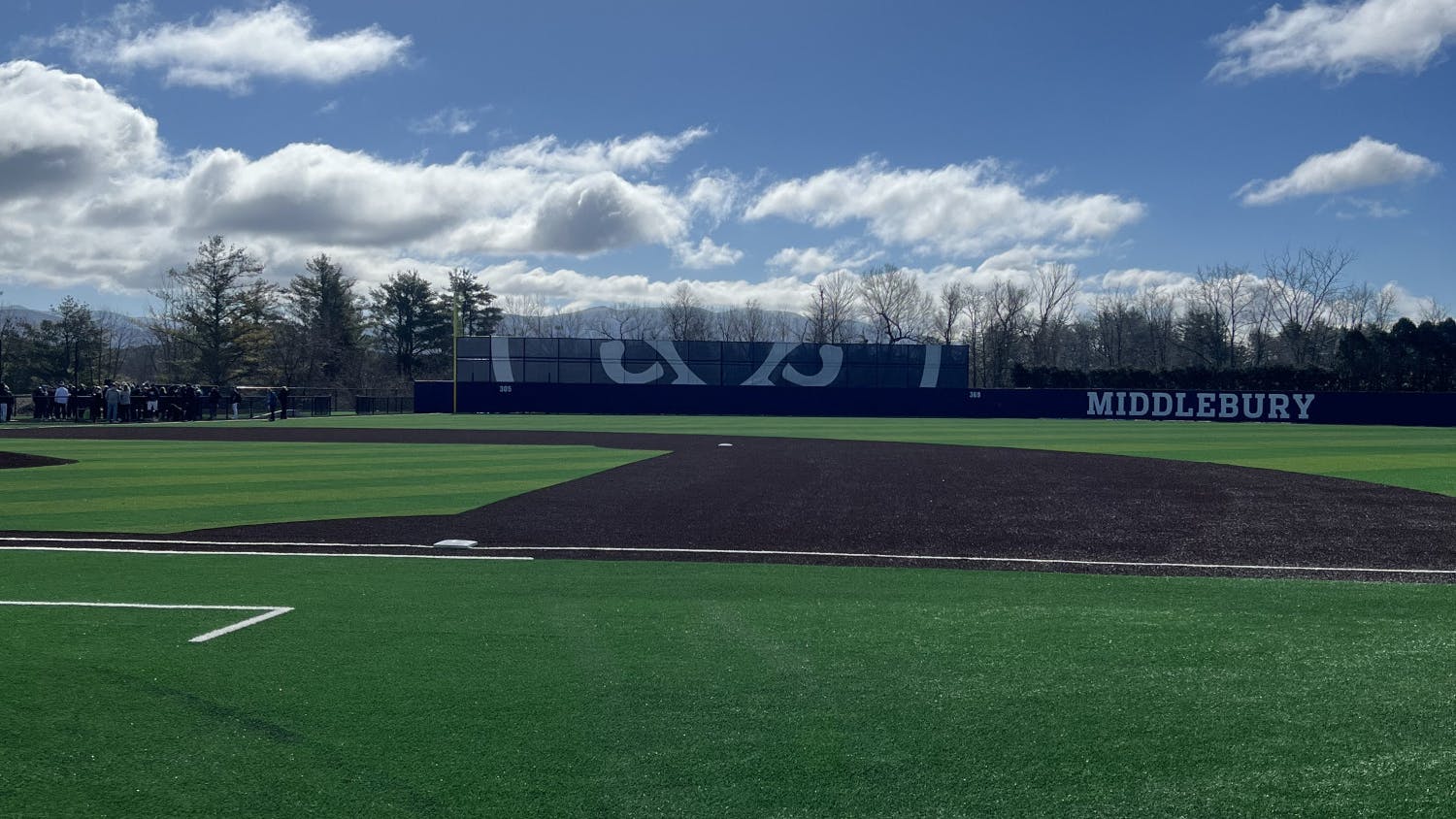Students woke up with renewed energy and excitement on Sept. 17 as the college officially began Phase Two of its gradual reopening, continuing along the steady trajectory toward greater freedoms for students. While many groups of students ventured into town, many of the school’s club sports teams got to work.
Middlebury College is home to 21 club teams, which allow opportunities for students to participate in athletics in a less structured environment compared to varsity sports. These clubs have a rich history at the college and even include a few prolific national champions – namely Quidditch, women’s water polo and men’s ultimate frisbee – and their activity this semester is especially important because of the restricted lives of much of the student population.
“Clubs are active, and it’s really important they’re active because of all the things we can’t do this fall,” said Doug Connelly, the director of outdoor programs and club sports. “All the teams that have wanted to have been able to organize and start practice this week. We’re making sure everyone is working in groups of 10, always with masks on and keeping social distancing rules in effect.”
Due to the college’s temporary hiring freeze, many club team coaches have been unable to return to their seasonal positions this fall. Connelly has therefore taken over the role of supervising most practices along with the help of Rich Connell, the former full-time head coach of the club crew team. Together, Connelly and Connell have been overseeing practices, but as Phase Two begins, a few clubs plan to operate more autonomously.
Regardless of the phase, coaching or student participation, this semester will be different for every club team. Women’s ultimate frisbee, a nationally competitive team of around 45 members, has been meeting since Phase One, but practices look unlike anything the team has done before.
“It’s been a challenge to work things this semester so far because there are a lot of social-distancing and shared equipment rules in place,” captain Brooke Laird ’22 said. “Ultimate is considered a high contact sport, and passing discs to each other is considered shared equipment, so we’re more limited in what we can do.”
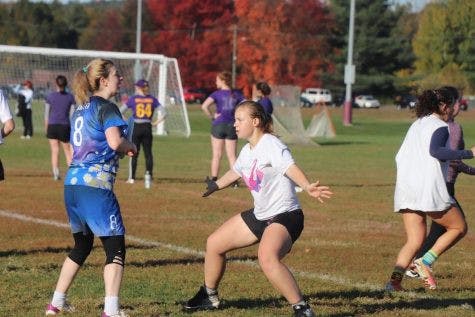
Under normal circumstances, both the women’s and the men’s team would practice at the same time and scrimmage after workouts. This season, players are required to bring their own discs and practices are increasingly focused on conditioning and fitness. The biggest challenge, according to Laird, has been recruiting new members to the team and introducing them to the community.
“We had some time at the Activities Fair, and we’ve been able to do small in-person meetups, but this semester we have to be very intentional in how we set up practices and introduce players to the sport and the community,” Laird said. “The emphasis this fall will be [on] having fun and being chill, and we’re all pretty excited to have the opportunity to play at all.”
Other high-contact sports, such as men’s rugby and women’s water polo, have faced similar challenges with their seasons.
“Without a vaccine, you just can’t play rugby like you normally could,” said Nathaniel Klein ’21, captain of men’s rugby. “The good thing is there's so much more to the sport than just running into each other — we’ve been having strength and conditioning practices, and recruiting this semester has actually been higher than average.”
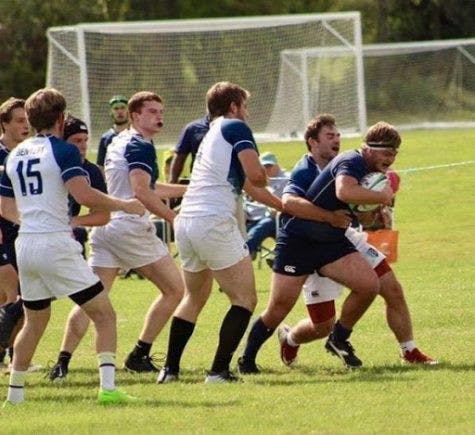
“Everything about water polo this fall will be different,” said Jenna Kotcher ’21.5 of the women’s water polo team. Because of the high-contact nature of their sport, the 2019 Division III Club National Champions will face many unique challenges this season. This, combined with the fact that their coach will not be able to return this season and the inability of the team to have pool time until Phase Three, means the primary focus of the team will be building community and staying fit for the next season.
Water polo’s recruitment is focused around the fall season and running workshops for interested new players, but these will take a hit this fall. Kotcher is hopeful that word of mouth can stand in for a semester.
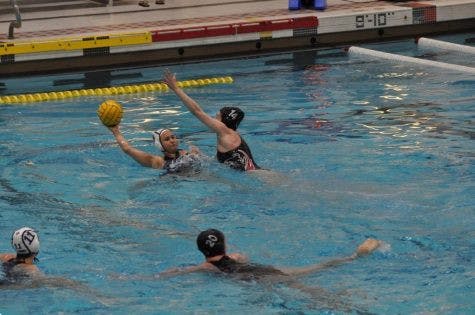
While teams like ultimate frisbee, water polo and rugby face their fair share of challenges this semester alongside many varsity sports, some club sports face the additional obstacle of having to leave campus to access their facilities. The Middlebury club sailing and crew teams both have facilities off-campus and were unable to use them until the start of Phase Two.
“The whole setup of our practices is different this fall,” said Mollie Ockene ’21, a member of the sailing team. “Before we could leave, we did a lot of dryland fitness workouts, but normally this is the best time of year to be on the water.” Now that the club can get out, social distancing rules will regulate how sailors operate in boats and use shared equipment.
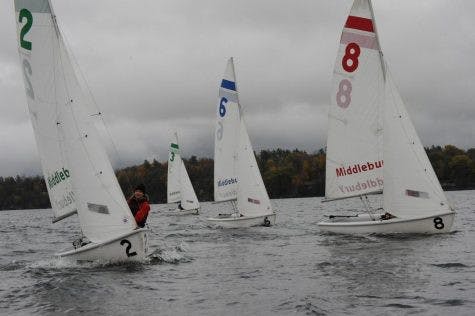
The crew team faced a similar situation, according to captain Dan Krugman ’21. “We’re doing what we can, and thankfully there has been a huge amount of positive energy from the team this fall,” Krugman said.
Like sailing, crew practices were on land during Phase One and involved some erging and cycling. Like rugby, recruiting yielded a higher-than-average incoming class of rowers. “One of the big attractions about crew, and any club sport really, is the balance of social and athletic commitment, and we got lucky this fall that a lot of folks were really interested,” Krugman said.
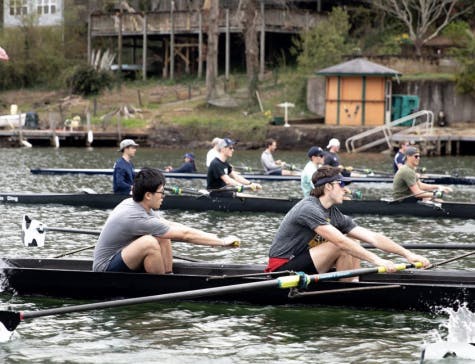
Like many varsity teams this semester, competitions will look very different (or nonexistent) for most club sports. There is still the possibility for intrateam scrimmaging among certain teams, but that constitutes the extent of any foreseeable post-season.
As the fall continues to progress, club sports will become better adapted to the strange and harsh circumstances of this semester. The remarkable resilience of every team speaks to the enthusiasm of club athletes and their sense of community. “We’re lucky to be here and have this opportunity this fall,” Krugman said.
No coaches, no contact, no competition: Club teams play on
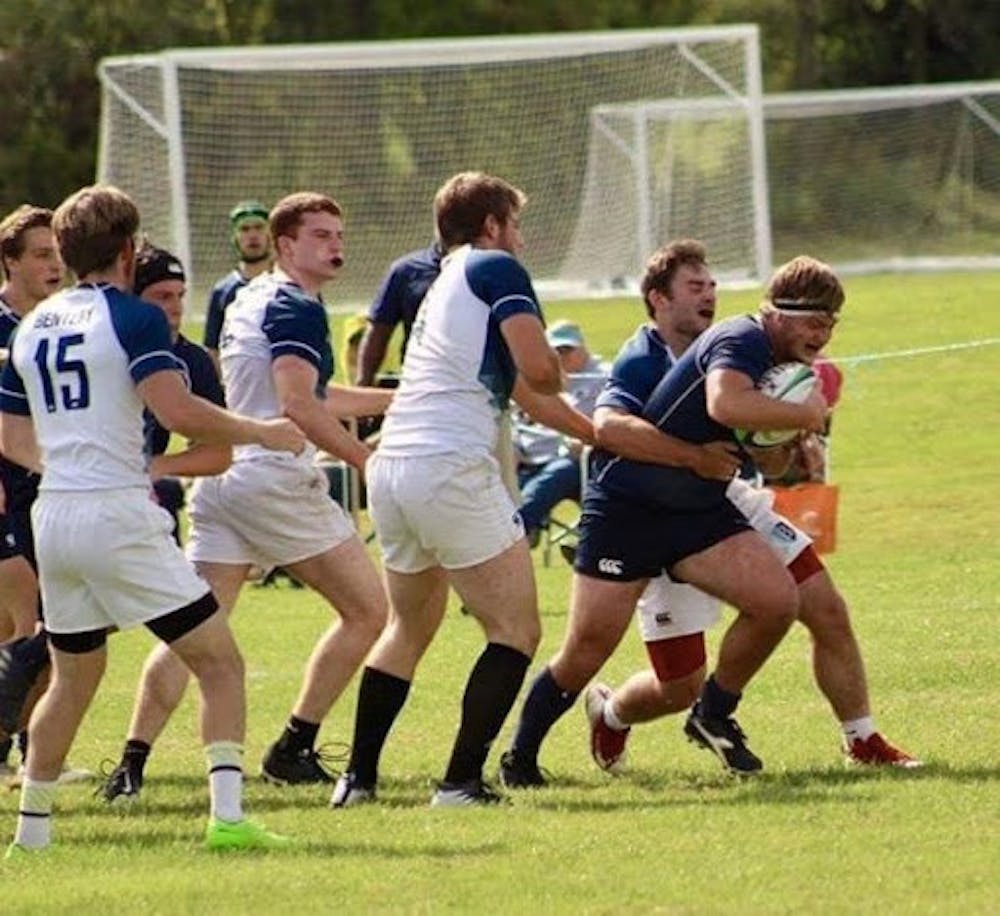
Rachael Zeller ’22 throws down an intimidating line of defense against a Mount Holyoke opponent during the Code Green tournament in the fall of 2019. (Photo credit Sophia McDermott-Hughes)
Max Celander ‘21, right, breaks through a defensive line during a fall 2018 game against Bentley University. ( Photo courtesy of Nathaniel Klein ’21)
Mei Mei Chu ’21 evades MIT’s defense (black caps) during the North Atlantic Division Championship Tournament in April of 2019. (Photo courtesy of Jenna Kotcher ’21.5)
The Middlebury sailing club races their FJs on Lake Champlain during the Stuart Walker ’43 Trophy Regatta in October of 2018. (Photo courtesy of Mollie Ockene ’21)
Krugman and Bochu Ding ’21, the editor-in-chief himself, during a practice session with the men’s team on Lake Lure, North Carolina over the crew team’s spring break trip in 2019. (Photo courtesy of Dan Krugman ‘21)
Comments

